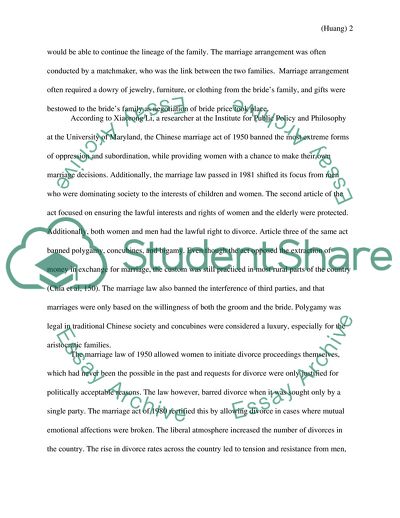Cite this document
(Chinese Women in Myth, Literature, and Film Literature review Example | Topics and Well Written Essays - 2000 words, n.d.)
Chinese Women in Myth, Literature, and Film Literature review Example | Topics and Well Written Essays - 2000 words. https://studentshare.org/gender-sexual-studies/1869637-chinese-women-in-myth-lit-film
Chinese Women in Myth, Literature, and Film Literature review Example | Topics and Well Written Essays - 2000 words. https://studentshare.org/gender-sexual-studies/1869637-chinese-women-in-myth-lit-film
(Chinese Women in Myth, Literature, and Film Literature Review Example | Topics and Well Written Essays - 2000 Words)
Chinese Women in Myth, Literature, and Film Literature Review Example | Topics and Well Written Essays - 2000 Words. https://studentshare.org/gender-sexual-studies/1869637-chinese-women-in-myth-lit-film.
Chinese Women in Myth, Literature, and Film Literature Review Example | Topics and Well Written Essays - 2000 Words. https://studentshare.org/gender-sexual-studies/1869637-chinese-women-in-myth-lit-film.
“Chinese Women in Myth, Literature, and Film Literature Review Example | Topics and Well Written Essays - 2000 Words”. https://studentshare.org/gender-sexual-studies/1869637-chinese-women-in-myth-lit-film.


